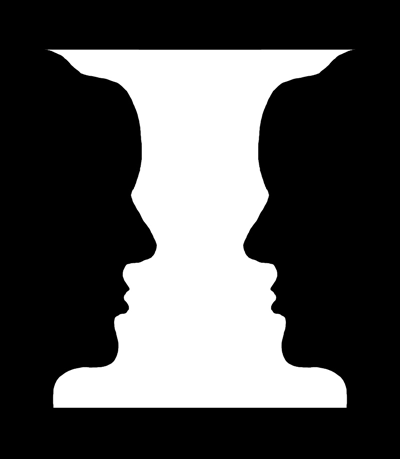
Edward Steichen, a Painter by training turned to Photography
| Born | Éduard Jean Steichen March 27, 1879 Bivange, Luxembourg |
|---|---|
| Died | March 25, 1973 (aged 93) West Redding, Connecticut, U.S. |
| Nationality | American |
| Known for | Painting, Photography |
The Pond-Moonlight
The texture is very airy. Amazing reflection, negative space in the fore ground completes the images. With the rising sun between the centre trees.
February 14, 2006 a photograph of a pond taken by Edward Steichen sold for more than $2.9 million, easily setting a world record for the highest amount a photograph has sold for at auction, Sotheby’s said (today this record has been broken a few times). The photograph, titled ”The Pond-Moonlight” and taken in Mamaroneck, Westchester County in 1904.
There are only three prints which were made under Steichen’s supervision, and are a great example of a rare vintage photograph by an artist who ha
d an influence on later 20th-century photographers. Steichen’s early painterly photographs, possibly naive to our image-soaked modern eyes, helped establish photography as an art form.
Reference: http://agnautacouture.com
Masters of Photography:
Edward Steichen
www.masters-of-photography.com
374 × 480
Search by image Edward Steichen
The Maypole
The leading lines of the building creates an effect of depth and height. The chains on the right seem to be going into infinity.
The texture of the black and white duotone, creates a contrast, moving into negative space in the background.
Steichen’s pictorialist period ended in 1917, when he joined the United States Army and created an aerial photography unit in northern France to gather intelligence about artillery positions and troop movements behind enemy lines. And after the war, Steichen’s lifelong interest in horticulture resulted in near-abstract images of flowers, plants and insects.
The netting creates the texture. Tight cropping no positive or negative space.
Steichen’s portraits for Vanity Fair brought him new fame.
Reference: http://agnautacouture.com/
 Yousuf Karsh (1908-2002) is one of the masters of 20th century photography. His body of work includes portraits of statesmen, artists, musicians, authors, scientists, and men and women of accomplishment. His extraordinary and unique portfolio presents the viewer with an intimate and compassionate view of humanity. Reference: http://www.karsh.org Yousuf Karsh (December 23, 1908 – July 13, 2002) was an Armenian-Canadian photographer, and one of the most famous and accomplished portrait photographers of all time.
Yousuf Karsh (1908-2002) is one of the masters of 20th century photography. His body of work includes portraits of statesmen, artists, musicians, authors, scientists, and men and women of accomplishment. His extraordinary and unique portfolio presents the viewer with an intimate and compassionate view of humanity. Reference: http://www.karsh.org Yousuf Karsh (December 23, 1908 – July 13, 2002) was an Armenian-Canadian photographer, and one of the most famous and accomplished portrait photographers of all time.
Speaking about his Photography, he was very powerful in using studio lights.He had Photographed many famous personalities all over the world during his reign in Photography. In all his photographs there was a essence for the person he has captured which is very much visible to us. He says ” My chief joy is to photograph the great in heart, in mind, and in spirit, whether they be famous or humble”
More Information about Yousuf Karsh.
http://121clicks.com/inspirations/the-greatest-portraits-ever-taken-by-yousuf-karsh
Pic 1: Winston Churchill, the smooth black texture in the suit highlight his face. Positive space, centred image.
Pic 2: Pablo Picasso, interesting how the vase is positioned, Picasso looks to be daydreaming. The negative space is on the left.
Pic 3: Ernest Hemingway, the photo cropped tightly, giving the shoulders and the face a solid look. The detail of the jerseys texture gives the photo a sailor feel. Positive space behind the head.
Pic 4: Audrey Hepburn, elegant and slender. Soft texture positioned central upper third.
Pic 1 Winston Churchill Pic 2 Pablo Picasso Pic 3 Ernest Hemingway
© Yousuf Karsh © Yousuf Karsh © Yousuf Karsh
Pic 4 Audrey Hepburn
Reference: http://thevirtualinstructor.com/positive-and-negative-space.html
Positive and negative space play an important role in determining the overall composition in a work of art. By understanding positive and negative space and applying your knowledge, you can become more successful in designing your compositions.
What is Positive and Negative Space?
Simply put, positive space is best described as the areas in a work of art that are the subjects, or areas of interest. Negative space is area around the subjects, or areas of interest.
Take a look at the image below.
For example, do you see faces or a vase?









No comments:
Post a Comment